Today we have SETI Artist in Residence Program Director Bettina Forget discussion with Emma Nordin from Art21, premieres Xin Liu’s video, and then speaks with her about this latest show and its scientific concepts.
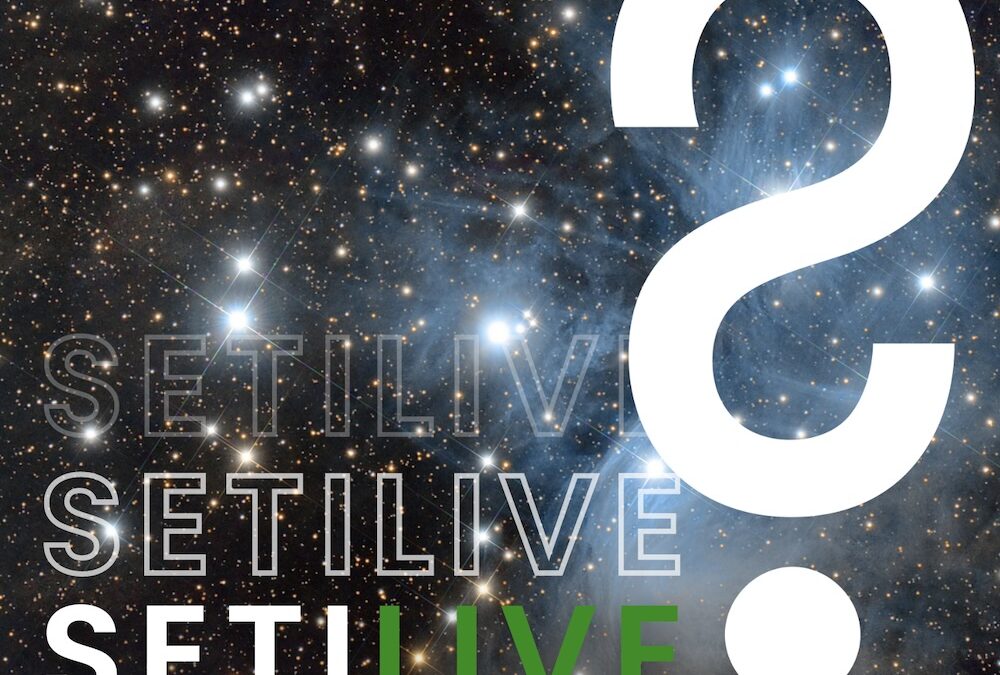

Today we have SETI Artist in Residence Program Director Bettina Forget discussion with Emma Nordin from Art21, premieres Xin Liu’s video, and then speaks with her about this latest show and its scientific concepts.
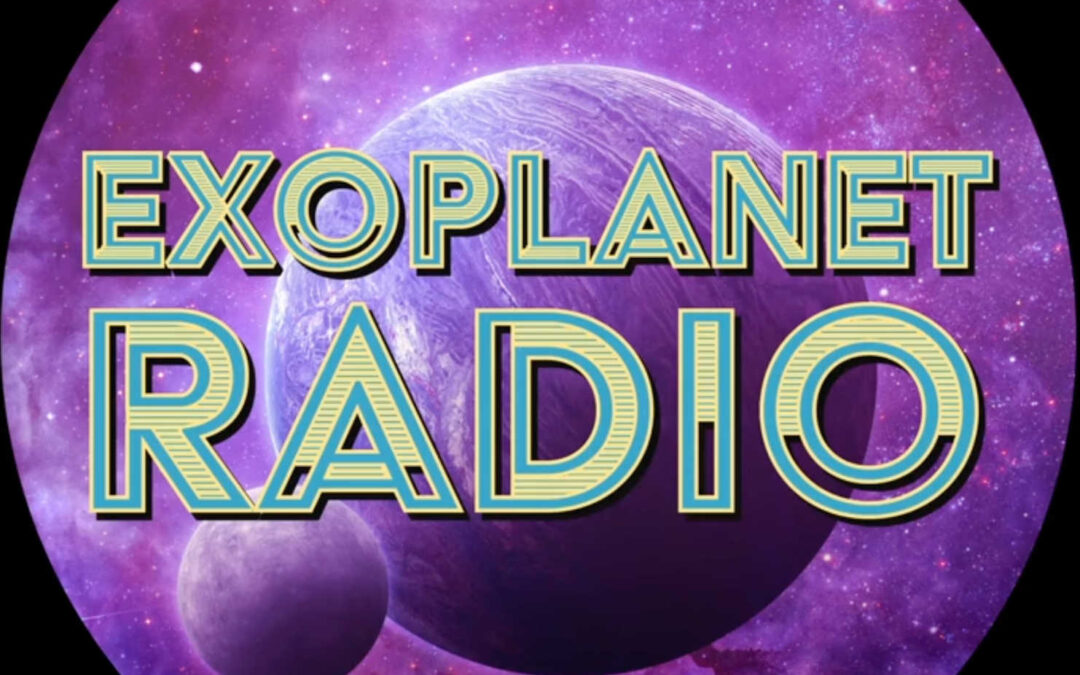
Many people feel that it’s very important for humanity’s long term survival that we become a multiplanet species. But what about traveling to exoplanets? Can we reach the stars?

Last week, we learned about the death of Peter Higgs, a physicist and discoverer of the particle that bears his name. The Large Hadron Collider was built to find and describe the particle. Today, we’ll look back at the life of Peter Higgs and his particle.
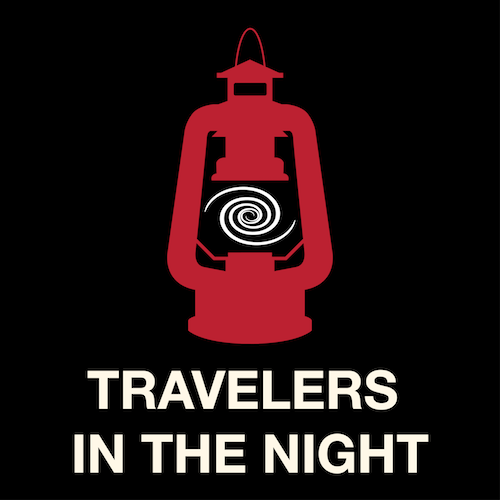
Today Travelers in the Night discuss about a meteor streaking across the sky and burns up some 60 miles above us also about the 43 meteoroids struck in 2015
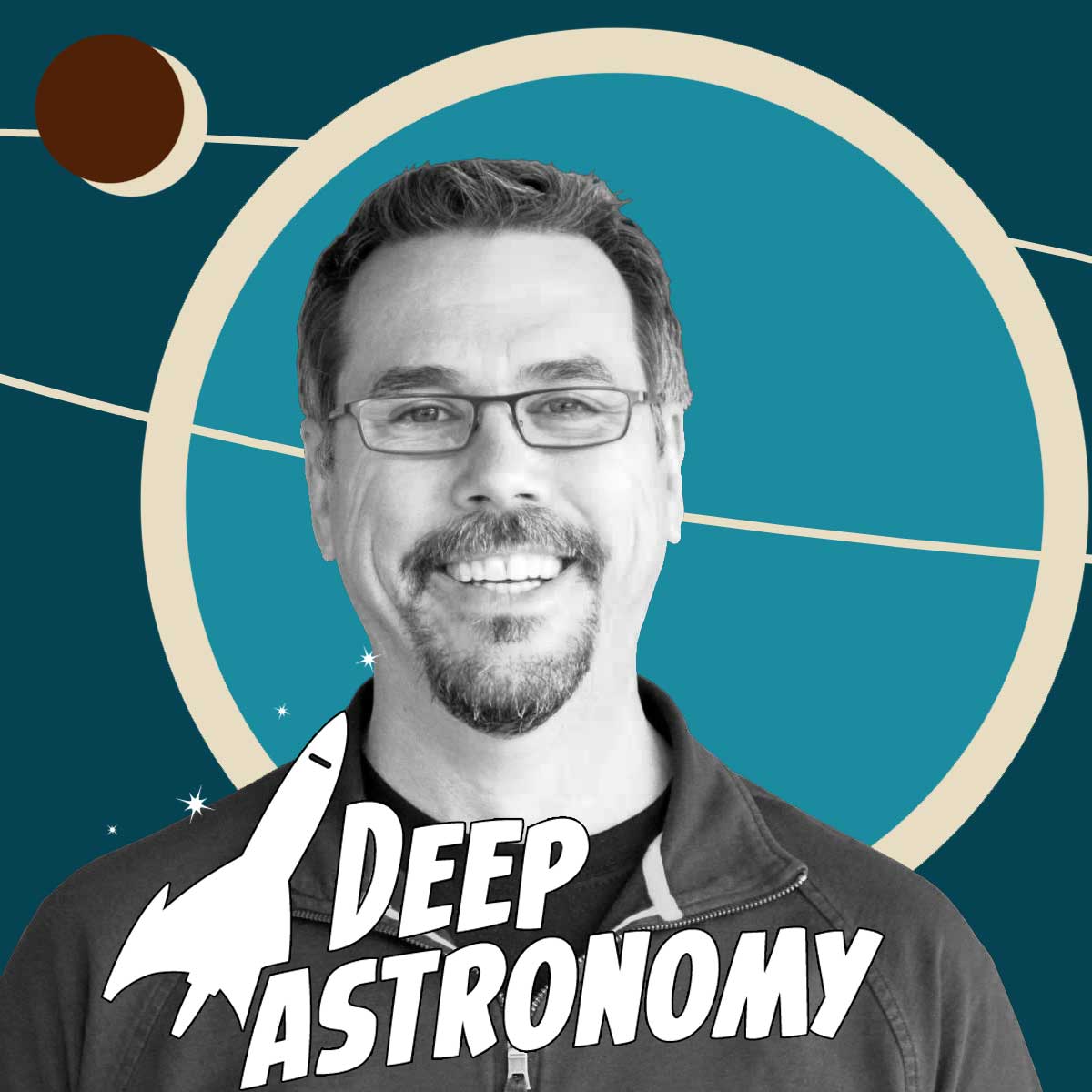

While experiencing hail and thunder IRL, we also saw press release after press release and article after article discussing climate change. This one-two punch of new science and the need for a new roof means we will touch on climate change in our closer look this week.
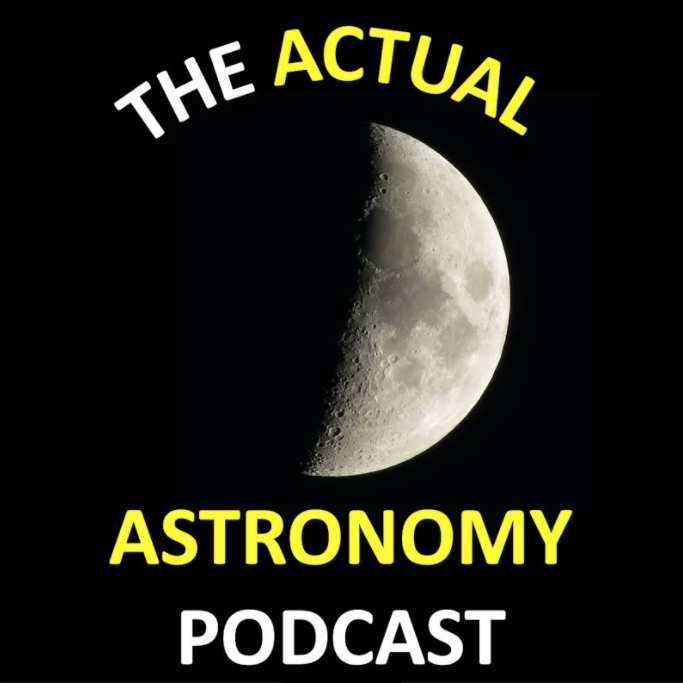
Today, we have @ActualAstronomy discuss with Peter Jedicke about globular cluster. From their mysterious origins to their place in the Universe we dive into all things Globular

Only eight times in history have scientists found an asteroid, tracked its trajectory toward Earth, and caught the resulting fireball on cameras. The latest of these eight events happened in January 2024, with the discovery of asteroid 2024 BX1, a mere three hours before impacting the atmosphere over Europe. And of course, the SETI Institute’s own Dr. Peter Jenniskens was hot on the trail, flying to Germany to help search for meteorite fragments.

What’s the most distant thing we can see with the naked eye? What about with a telescope? What about at other wavelengths? Is there anything more to see?

It’s all relative. How many times have you heard that? Well, when you’re traveling close to the speed of light, everything really is relative; especially the passage of time. This week, Fraser and Pamela give you the skinny on Einstein’s Special Theory of Relativity